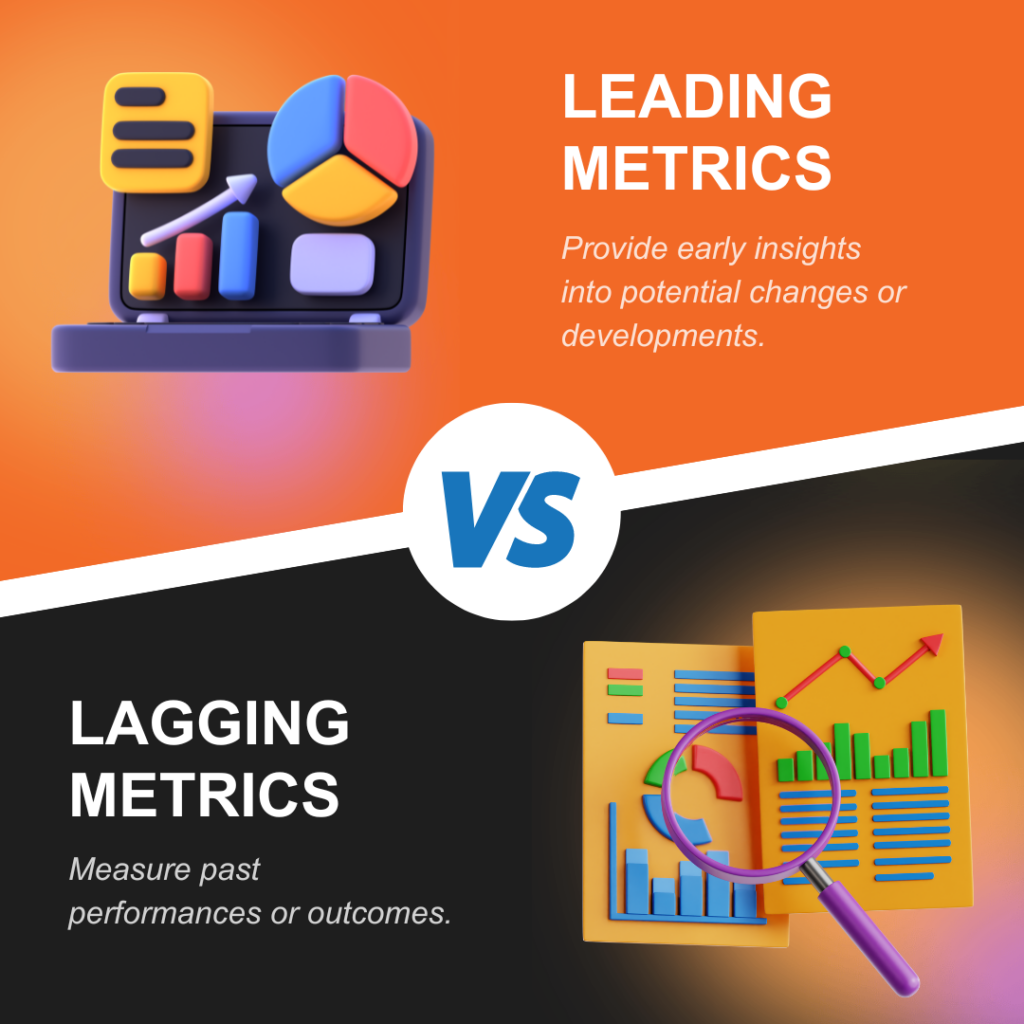
Introduction – Failed Business Metrics
If the business metrics that you are putting your focus, time, and energy into are not driving your business then you must ask if those metrics are failing your business. A successful metric should be growing your business; that means improving your equipment reliability, increasing your customer base and improving customer experience, maximizing your output margin and profitability, and optimizing your workforce.
Metrics
Let me first define leading and lagging metrics:

Leading metrics are valuable because they can serve as early warning signs or predictive tools, helping organizations and individuals make informed decisions and take proactive actions to achieve desired outcomes or avoid undesirable ones. Lagging metrics are little more than ‘dead’ data.
Reality
The reality of what I see too often is that business focuses on the output or lagging metric, and when the metric falls short of goal, managers react with a raft of activity to try and ‘plug the leak’ without truly addressing the real issues. This can be everything from a root cause investigation to a reorganization, to focus groups, to the easiest option of firing a few people. But what has changed down the line if these actions were not focused on a leading metric? You are right, very little to nothing at all.
Don’t get me wrong, as a Lean OpEx consultant I have a passion for data and metrics, but they must be the right metrics; they must be leading metrics that drive and sustain business change.
Here are a few examples of how to turn the wrong metrics into the right metrics:
I worked with a company that were very proud that they were now accurately capturing ‘all their safety metrics’ and as a result were able to investigate ‘every’ safety incident and put into place mitigation to avoid ‘every’ accident. However, they were not capturing the near misses that research shows are the indicators of future accidents.
Another company was very happy that they had a proactive campaign that meant every employee has to capture 1 near miss per week (spot the problem with this one?) However, when I asked the store’s supervisor how many Band-aids were used in one year the answer across what was a very large production facility was around 2000. When I looked in the first aid log, I could only find 12 incidents that has needed a Band-aid. So which was true? The metric that gave the best picture was the storeroom Band-aid consumption rate; that was the true indicator of incidents, not the first aid log.


Reliability
The same story should be seen in reliability. What steps are being taken on input ‘leading’ business metrics rather than just publishing the output metric? Take Mean Time Between Failures (MTBF), there is little point publishing graphs of MTBF as a lagging metric if they are not driving change in input leading metrics to improve MTBF. If MTBF is poor, we have to look at training, quality of the equipment, servicing frequency, tool serviceability, test equipment calibration, personnel training and importantly the quality of SOPs and especially PMs and PdMs, etc. Focusing on the leading metric will directly impact the lagging metric.
Failed Business Metrics – Conclusion
If your metrics are little more than wallpaper, ask yourself if you are focusing on lagging rather than leading metrics. If your metrics are not driving your business, you are almost certainly not focusing on the right metrics to effect change.

